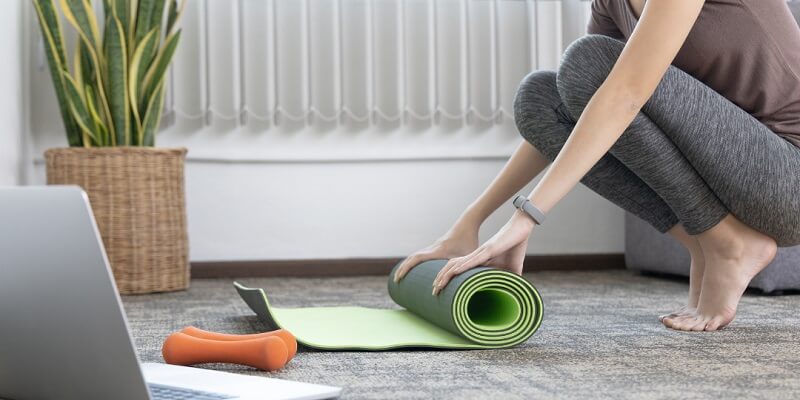
Relaxation techniques are powerful tools for managing stress, improving mental and physical well-being, and enhancing the quality of life. These techniques can help reduce the impact of stress, whether it’s everyday stress or stress related to chronic conditions such as heart disease or pain. Practicing relaxation techniques regularly can bring both immediate and long-term benefits for mental health and overall wellness.
Relaxation techniques can help counter the effects of stress on your mind and body, offering several health benefits:
The key to benefiting from relaxation techniques is consistency. When practiced regularly, these techniques help reduce tension, promote mindfulness, and lead to a greater sense of relaxation, which ultimately improves health and well-being.
This technique focuses on self-suggestion to promote relaxation. It involves visual imagery (imagining peaceful settings) and body awareness (focusing on relaxing muscle groups).
PMR involves gradually tensing and then releasing muscle groups in the body. The contrast between tension and relaxation helps you become more attuned to physical sensations and reduce overall stress.
Visualization uses mental imagery to create a calming scene or journey. The goal is to immerse yourself in a peaceful, relaxing environment using all of your senses (sight, sound, touch, and smell).
Deep breathing involves taking slow, controlled breaths to promote relaxation and reduce stress. It helps activate the body’s natural relaxation response.
Meditation involves focusing the mind to reach a state of deep calm and awareness. It may involve mindfulness, concentration, or loving-kindness practices.
Yoga combines physical postures, breathing exercises, and meditation to reduce stress and increase flexibility, strength, and relaxation.
Tai Chi is a form of mind-body exercise that incorporates slow, deliberate movements and deep breathing to promote relaxation and balance.
Aromatherapy uses essential oils to influence mood and relaxation. Scents like lavender, chamomile, and sandalwood are known for their calming effects.
Relaxation techniques are valuable tools for reducing stress, improving health, and managing the effects of illness. These methods are simple, low-cost, and often available anywhere. Incorporating relaxation into your daily routine, along with other healthy lifestyle habits, can provide significant benefits for both your physical and mental health.